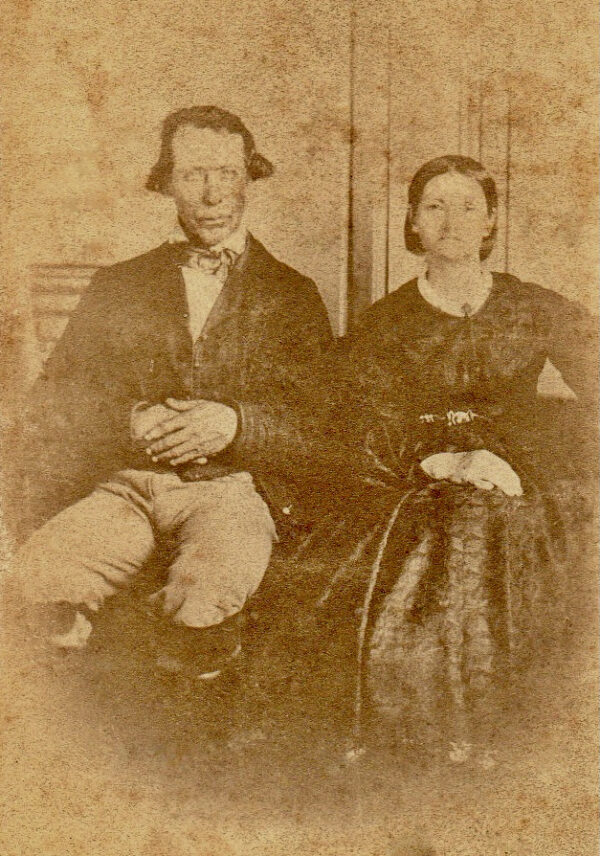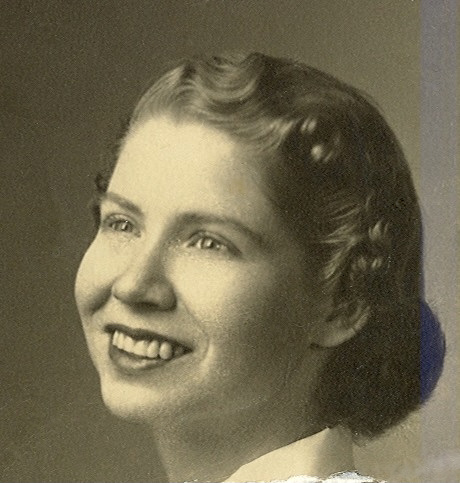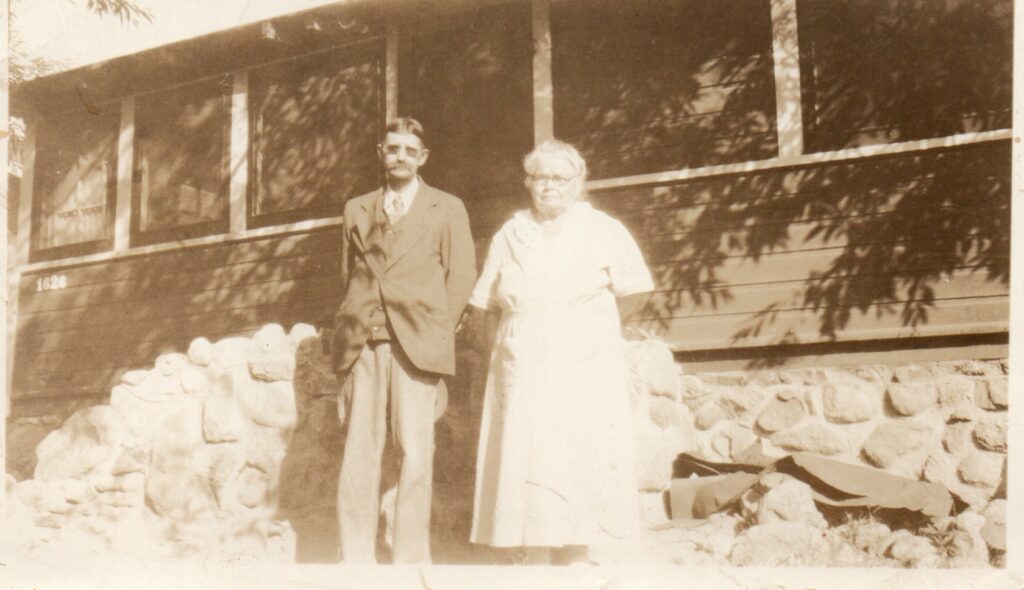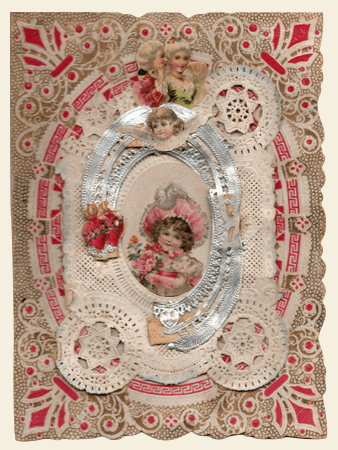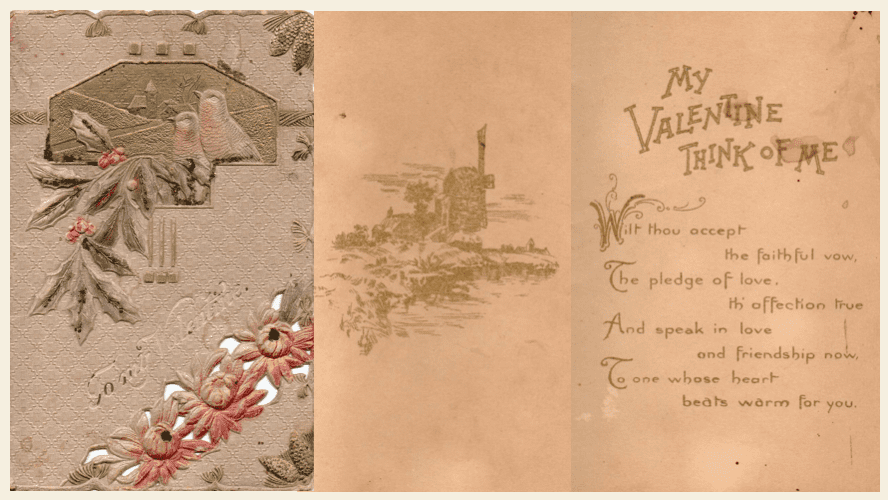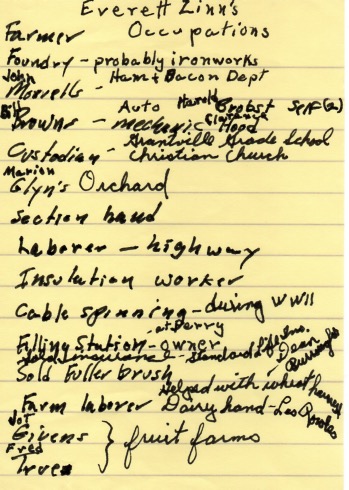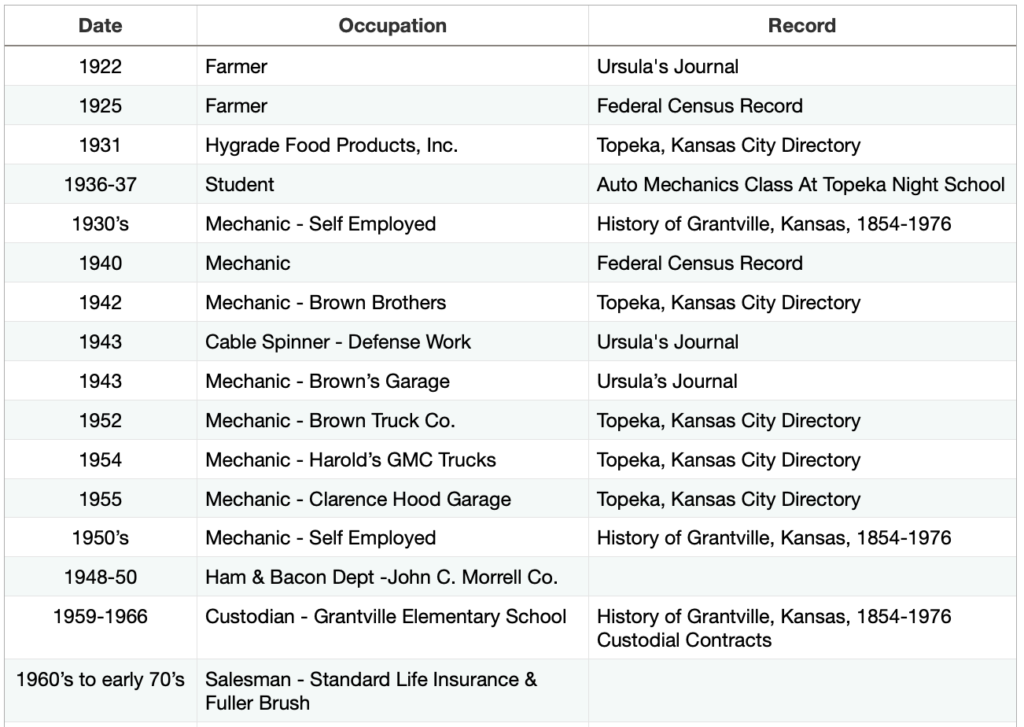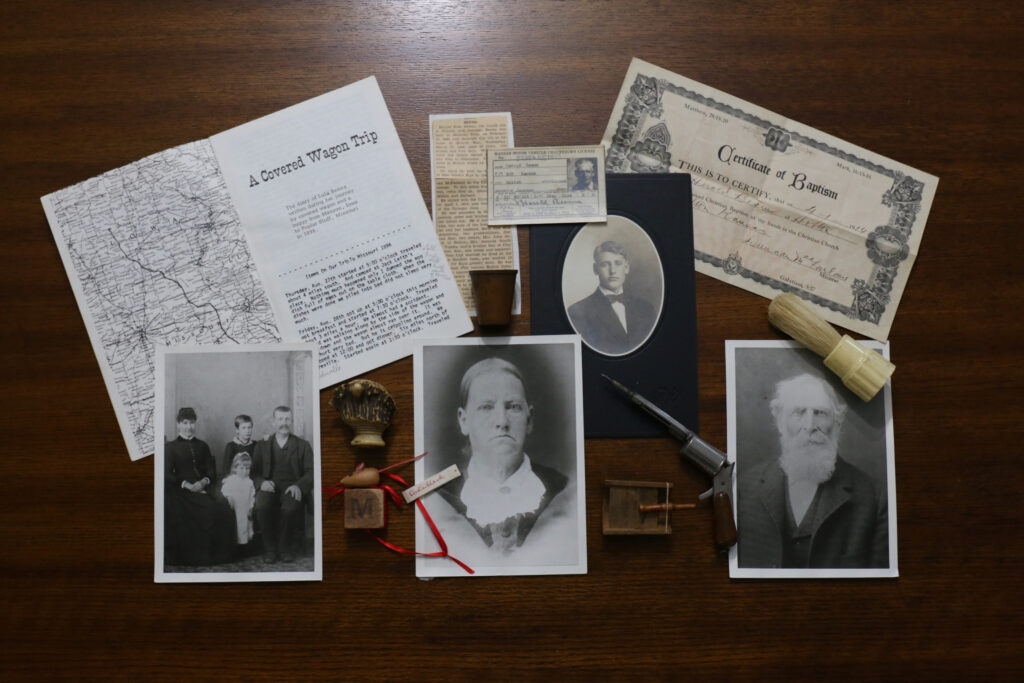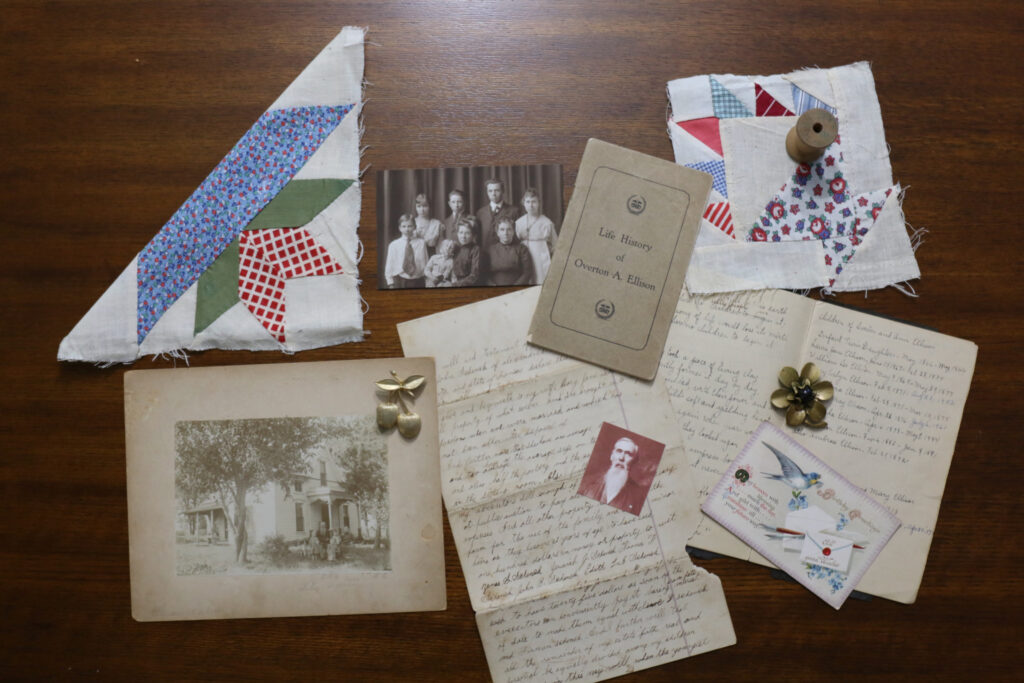Recently I was searching the Fold3 website, a site providing military records including stories, photos and personal documents of those who have served. I’ve spent time on the website in the past and come back to it occasionally to see if there is anything new. Not only did I find a new file about a family member, but as I opened it and found a full 75 page document, I felt as if I had hit the jackpot!
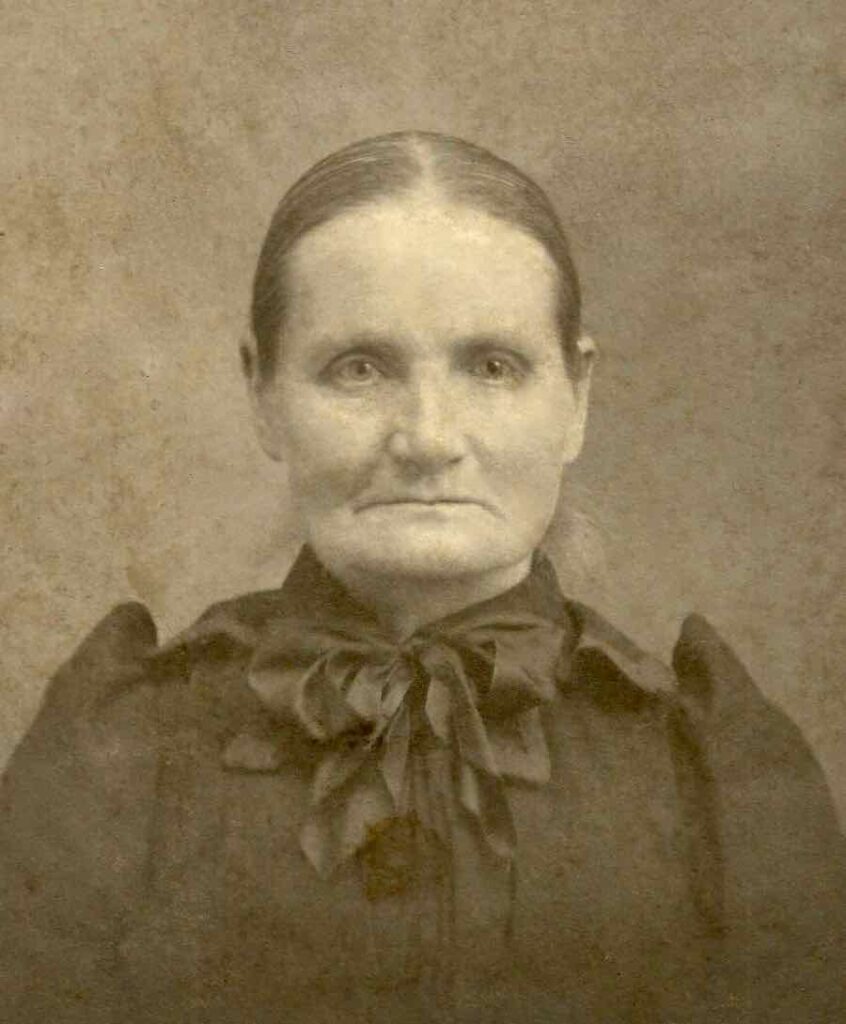
The file was the Civil War pension record for Bailey Garrett’s widow. Who was Bailey Garrett and who was his widow? And just what do I mean by jackpot? Let me explain….
Bailey Marshall Garrett was married to Mary Ann Gardiner. Mary’s second husband was Merritt Zinn. Merritt and Mary are my great-great grandparents.
The pension document contained seventy-five pages filled with family information, affidavits by family members, real estate records, marriage records, all the information needed by Mary to prove that she was Bailey’s wife and that she had a right to be paid Bailey’s pension. This document held so many details previously unknown to me, that it felt as if I had collected enough gold pieces to fill a pot at the end of the rainbow.
First, who was Bailey? He was a farmer, 6’ 3” with blue eyes and light colored hair with a light complexion. He was married to Mary Gardiner on May 17, 1860 by Justice of the Peace Dudley Foley. Here is the marriage record from the pension file.
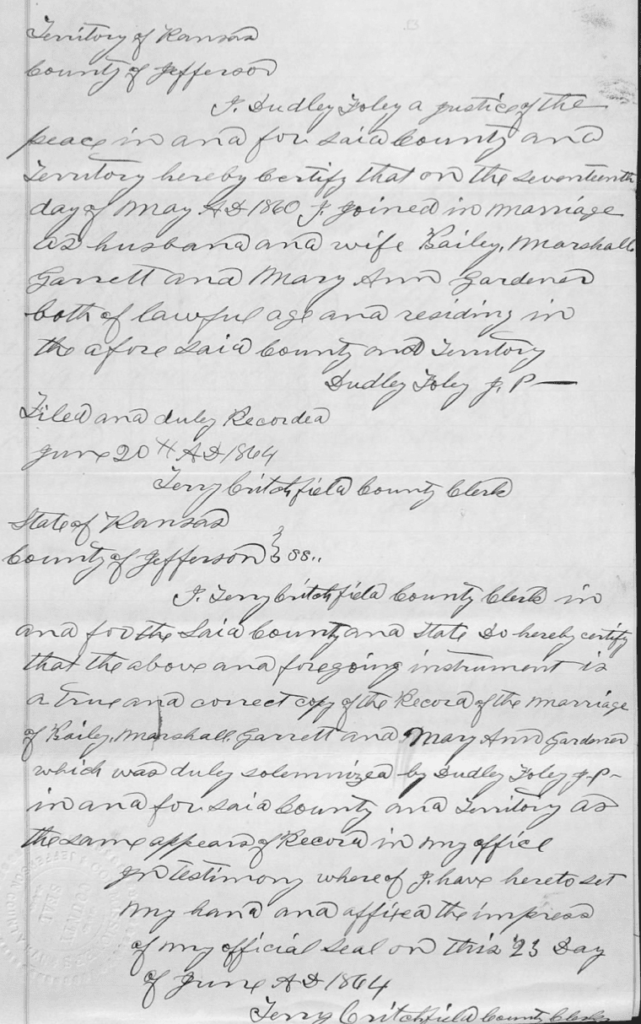

During the Civil War Bailey served in the 11th Kansas Cavalry along with some of his brothers, several Zinns and Gardiners. He participated in the following battles:
Old Ft. Wayne – October 25, 1862
Cane Hill, Ark – November 28, 1862
Prairie Grove, Ark – December 7, 1862
Raid on Van Buren, Ark – December 28 & 29, 1862
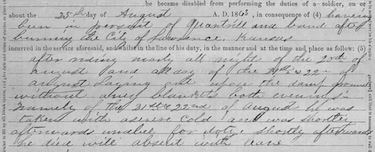
In an Officer’s Certificate to Death of Soldier, Jerome Kunkle, Captain of Company D, 11th Kansas Cavalry, reported the following: “having been in pursuit of Quantrill and band after burning the City of Lawrence, Kansas…after riding nearly all night of the 20th of August and all day of the 21st & 22nd of August laying out upon the damp ground without any blankets both evenings – namely of the 21st & 22nd of August he (Bailey) was taken with a severe cold and was shortly afterward unable for duty. Shortly afterwards he died while absent with leave.”

Also included was a letter from Lieutenant P. Thomas of Company D. which explained how he came to be at home. “… Private Bailey M. Garrett of Co. ‘D’ 11th KN. C. who died at Rising Sun, Jefferson Co. Kansas was left at this Station when the Company had gone on a scout. All but a few who had no horses or were left behind sick in my charge, as was the case of private Garrett, who was then so sick he had been given up to die. At that time there were rumors of another raid similar to that of Quantrell’s into Kansas. Excitement was at the highest pitch. About this time his parents came here and took him to his home in Rising Sun, Ks. where he died in a few days.”
It was a comforting thought to know that his parents were able to bring him home and be at his side.
At the time of Bailey’s death, he and Mary had three children:
William Evert – 3 years
Eliza Ellen – 2 years
Lydia Eldora – 1 month
Two affidavits of proof that these were his children we given. One by Thirza Ann Zinn Garrett wife of Bailey’s brother Robert Garrett who attended the birth of William and Lydia. Eliza Gardiner, Mary’s mother, also provided an affidavit as she attended the birth of Eliza. Guardianship of the children was granted to Robert Garrett as witnessed by none other than Willis Zinn, father of Merritt and Thirza.
On September 18, 1863 Mary began receiving pension payments of $8 per month. She received those until her marriage in May of 1869 to Merritt Zinn.

As proof of their marriage, Merritt and Mary’s marriage record was a part of the file. They were married by Bailey’s older brother, William Caldwell Garrett. The location, I learned, was in Newman Station, Kansas which is just south of Hwy 24 between Grantville and Perry. This very small town was laid out along the railroad in 1867. A post office was opened in 1868 but closed in 1869.


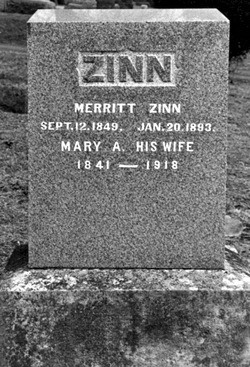
The proof of Merritt’s death was much harder to come by as explained in Mary’s own affidavit. Merritt died on January 20, 1893 outside the city limits of Topeka, Kansas. She asked the county for records, but there were none kept at the time. Next she went to Rochester Cemetery where he is buried to check their records and found no perfect records were kept until several years after his death. She states that the undertaker who had buried Merritt had gone out of business and left town.
As evidence of his death, Mary had two witnesses who saw Merritt in his coffin and attended his funeral. Affidavits were given by A. D. Jones who was the minister that preached at Merritt’s funeral and L.M. Penwell who belonged to the same Insurance Order, Ancient Order of the United Workmen, and took charge of his burial rights of the Order over his remains both at home and at Rochester Cemetery. These affidavits gave proof that Mary was no longer married to Merritt.
Mary then provided proof of her marriage to Dexter Wiley. They were married on February 28, 1901 in Oakland, Kansas. She was 59 an he was 68 years old. The document was witnessed by Jared Cox, the husband of Mary’s daughter Eliza. At the age of 75, Dexter died on August 15, 1908. L.M. Penwell was the undertaker for Dexter who shipped his remains to Tonganoxie, Kansas on August 17, 1908 so he could be buried at the Tonganoxie Cemetery.
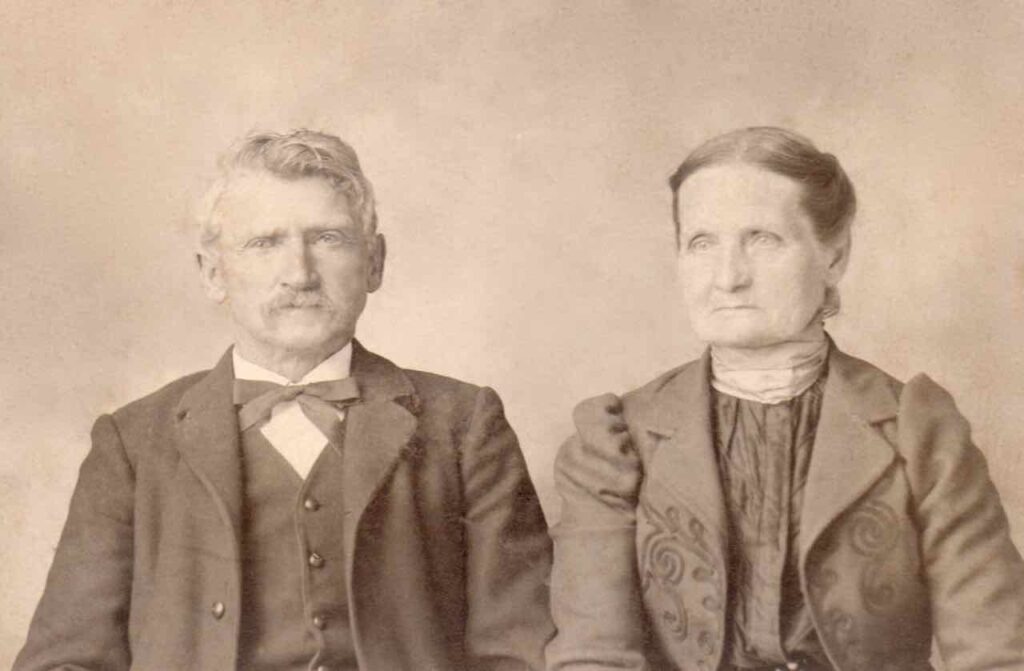
Dexter and Mary owned 27 and 11/100 acres in Topeka Township which was just south of the Topeka city limits. Because they had a mortgage on the property, when Dexter died, Mary sold off the property to pay off the mortgage. After a survey, it turned out that they really owned only 25 acres. Mary sold J.D. Elliot 8 acres for $808.00 and sold John B. Deever 10 acres for $1050.00. This left Mary with a house on 7 acres.
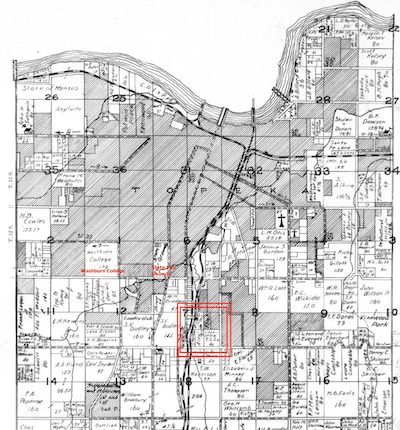
She rented the three-room house for $7 per month, her only source of income and not enough to live on. That is why she again needed the pension which then paid her $20 per month.
Mary went on to live with her daughter, Eliza Cox, in Carnegie, Oklahoma until her death in 1918.
Another fun find in this document are the signatures of so many relatives
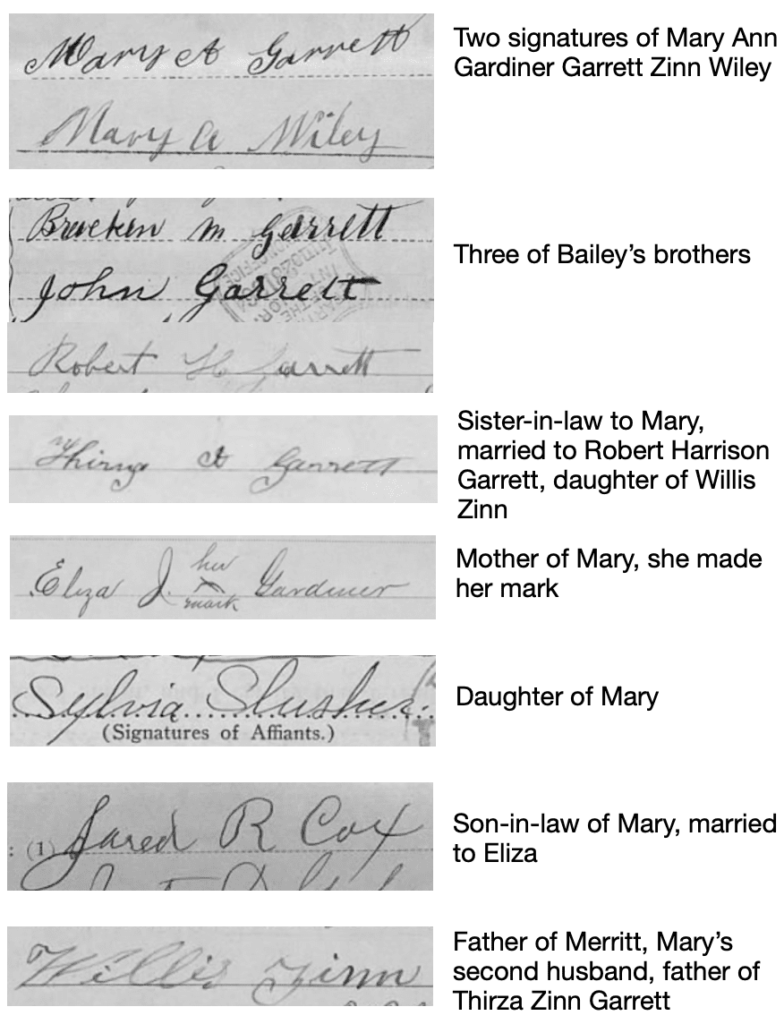
For me, the Civil War pension file Bailey Garrett’s widow was just a thrill to find and a jackpot of information to share.
If you’d like a copy of the full document, I’d be happy to share. Send me an email. You can find the link below. To find out more about Mary Ann Gardiner Garret Zinn Wiley, click here.


